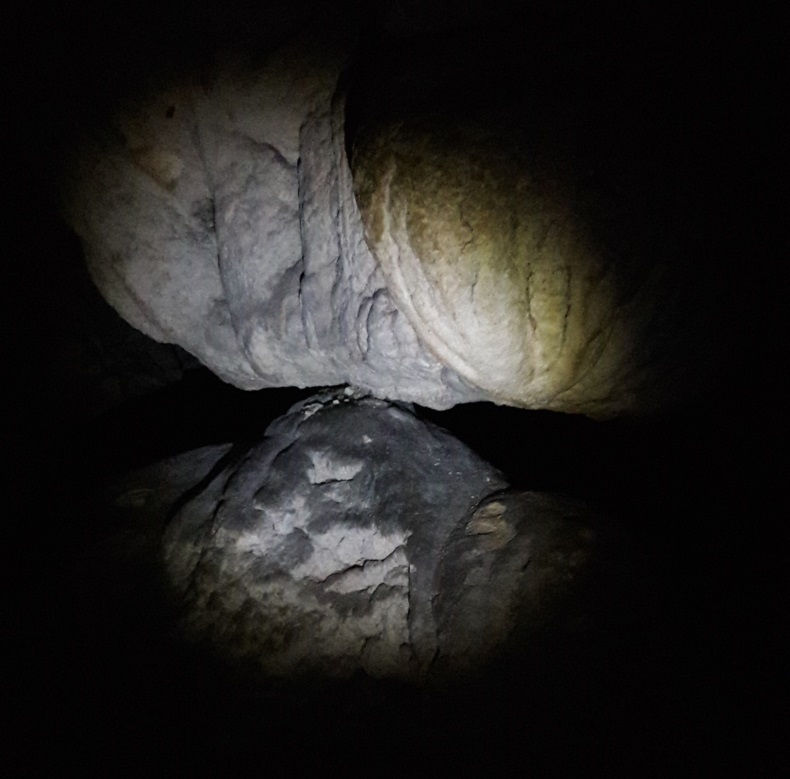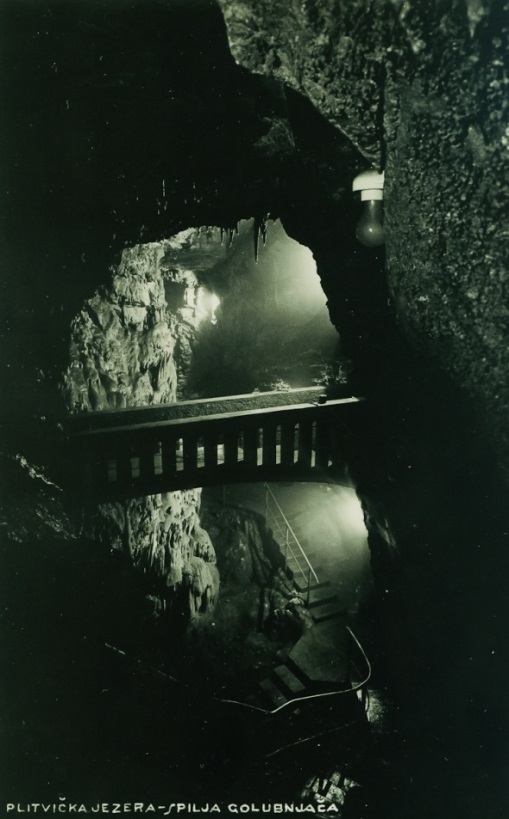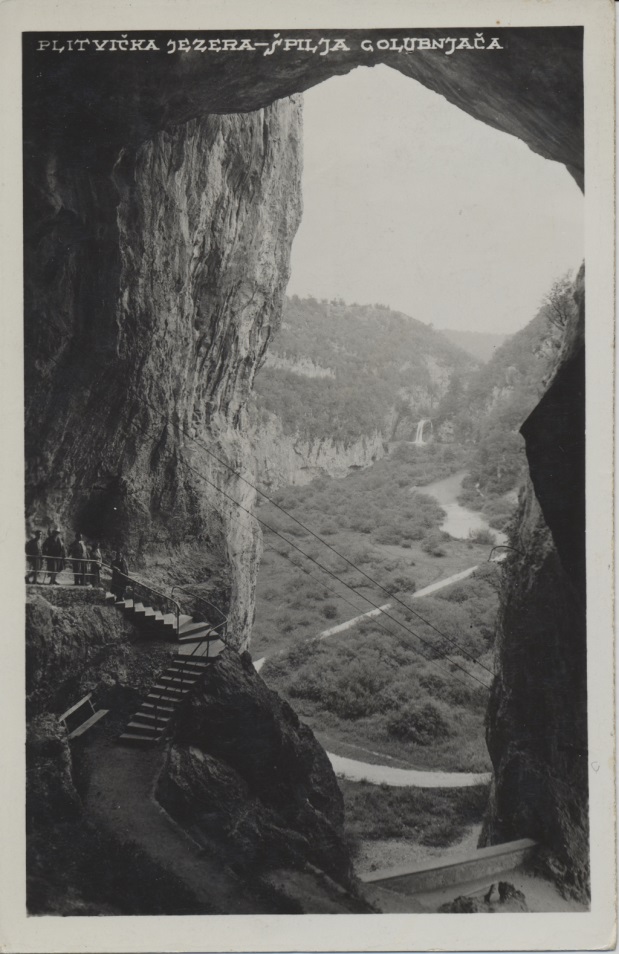The Plitvice Lakes area consists of carbonate rocks (mostly limestone and dolomite) from the Mesozoic Era, on which karst terrain rich in surface and underground landforms formed. You can see some of them while driving or strolling around the Park, but many of them are hidden underground, waiting to be discovered and explored. A veritable El Dorado for speleologists, biospeleologists, geomorphologists and other scientists and experts.
Speleological sites are, from a nature protection standpoint, exceptionally significant as they provide a habitat for numerous rare and protected species, and are rich in thousands of years old cave formations.
From a morphological standpoint, in the area we can distinguish caves formed under tufa waterfalls typical of the Upper Lakes, and caves formed through erosion corrosion processes in karstified carbonate rocks, created over a millennium of surface- and groundwater flow.
So far, around 100 speleological sites have been explored in the area of the National Park, of which the longest cave Golubnjača (in the Korana River canyon) is 165 m long, and the deepest pit cave Čudinka is 203 m deep.
In 1964, three caves in the Plitvice Lakes National Park, located in the Lower Lakes and Korana River canyon, were declared geomorphological monuments of nature, namely:
- Šupljara Cave – it was formed in a collapse of the bottom of a sink hole, i.e. the ceiling of a cave. It consists of three halls connected by a spacious corridor, and has a total length of 68 m. In one corridor there are a few tubular formations and one stalagnate or pillar formed when a stalactite and a stalagmite meet. It is the only cave open to visitors.
- Black Cave (Lake Fairy’s Cave) – it was named Black Cave because of the guano (bat droppings) deposits, but it is also known as the Lake Fairy’s Cave due to an icicle-like formation resembling a fairy. It consists of a lower and upper hall, and has a total length of 105 m.
- Golubnjača Cave – it has a large entrance area and two halls of a total length of 165 m, and is rich in cave formations. To preserve it, the cave is closed to the public, together with the Black Cave.

Inside of the Šupljara Cave (PL NP Archive) 
Stalagnate in the Šupljara Cave (PL NP Archive) 
Golubnjača Cave at the start of the 20th century – an inappropriate concrete bridge constructed inside the cave (PL NP Archive) 
Golubnjača Cave at the start of the 20th century – the view from the cave towards Sastavci and the Korana River spring (PL NP Archive)
Read other interesting stories from the Plitvice Lakes National Park

